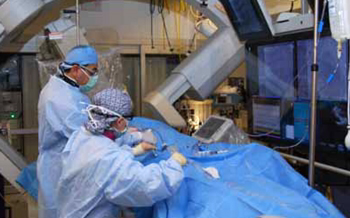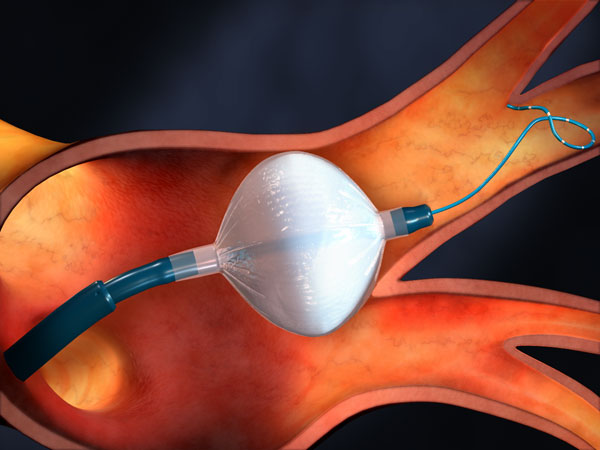Ablation Treatment
- What is Ablation?
- How is Ablation performed?
Cryo-Ablation vs RF ablation
Radiofrequency ablation has been used for over 25 years in the treatment of heart rhythm disorders. This technique involves the delivery to heart muscle of radiofrequency energy, which is similar to microwave energy. This causes heating and ultimately scarring of a limited area of heart muscle. Cryo ablation has developed over the past 10 years and involves freezing of heart muscle with a catheter or a balloon containing nitrous oxide. Cryo ablation using a balloon is particularly effective for the treatment of atrial fibrillation.
To see a video of cryo ablation click here http://youtu.be/6K_GiGQisUk


